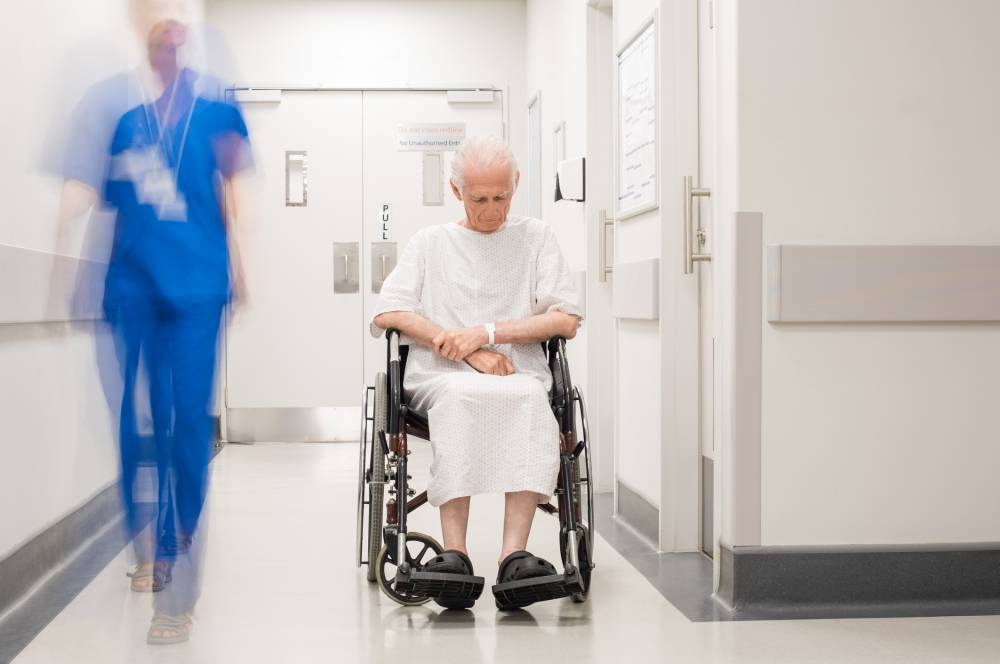
Aged-care facilities across the state have been accused over the past month of dumping elderly residents in emergency departments to avoid hiring nursing and care staff.
NEW figures reported in the Courier Mail stated Aged Care operators transferred more than “25,000 elderly residents in hospital emergency departments last financial year, saving money on in-house medical care”.
In June 2017, The Australian Institute of Health and Welfare (AIHW) published the total emergency department presentations to Queensland hospital Emergency Department as 1,457,083.
There are a total of 283,000 subsidised aged care beds in Australia and many of the elderly are moving into aged care as they are frail, sick and have complex health needs.
Pat sparrow, CEO of Aged & Community Services Australia’s point of view when asked about these figures was “comments to the media about aged care providers “offloading residents into hospital emergency departments to avoid paying for costly medical care” fails to recognise that aged care residences are not funded to provide for acute health needs in the way a hospital is.
Ms Sparrow said “an aged care provider operates with a budget of around $260 a day to care for each resident compared with $1,900 per day for a hospital patient”.
“If a resident requires hospital-level care when they become unwell, they have every right to access hospital services just like anyone other member of the community”.
“The current debate about mandating staff-to-resident ratios, with its focus on rostering on more nurses, mistakenly assumes an aged care residence is funded, and equipped, to provide hospital level care”.
Federal aged care Minister Ken Wyatt told HelloCare that “the Australian Government is committed to quality care of older Australians and the health, safety and welfare of aged care recipients is a top priority”.
“Current laws stipulate high-quality aged care, including appropriate staffing, quality monitoring, complaints management and strong compliance powers”.
Ensuring Australian aged care has a strong supply and adequate provision of appropriately trained, skilled and resourced staff is a top Government priority.
Sean Rooney, CEO Leading Aged Services Australia said “it is not helpful when some stakeholders selectively use data that does not take account of the complexities involved with elder care or circumstances that cause an increase in emergency department admissions”.
“Aged care facilities are not hospitals. When older Australians require medical attention for complex health needs they will be transferred to a hospital for treatment”.
“The fact is that the Australian population is ageing and people are entering residential aged care with increasingly complex care needs”.
“Given the increasing numbers of older Australians requiring residential aged care, combined with their advanced age and higher care needs, it is not surprising to see increases in hospital transfers.”
Ms Sparrow and Mr Rooney are correct – aged care homes are not hospitals. They are also correct to be critical of the simplistic analysis of the 25,000 residents transferred to hospital emergency departments last financial year. How many of the 25,000 were admitted to hospital? This is an important question because it indicates the acuity of the medical problem. Residents with an acute serious illness must be treated in a hospital, not an aged care home.
The issue, as I see it, is the preventable transfers to the emergency department. When a registered nurse is on duty, changes in a residents’ health status can be managed well (e.g. GP and family contacted). However, when no (or not enough) registered nurses are on duty in the aged care home, residents may not receive timely treatment when their condition changes. This may result in a preventable transfer to hospital.